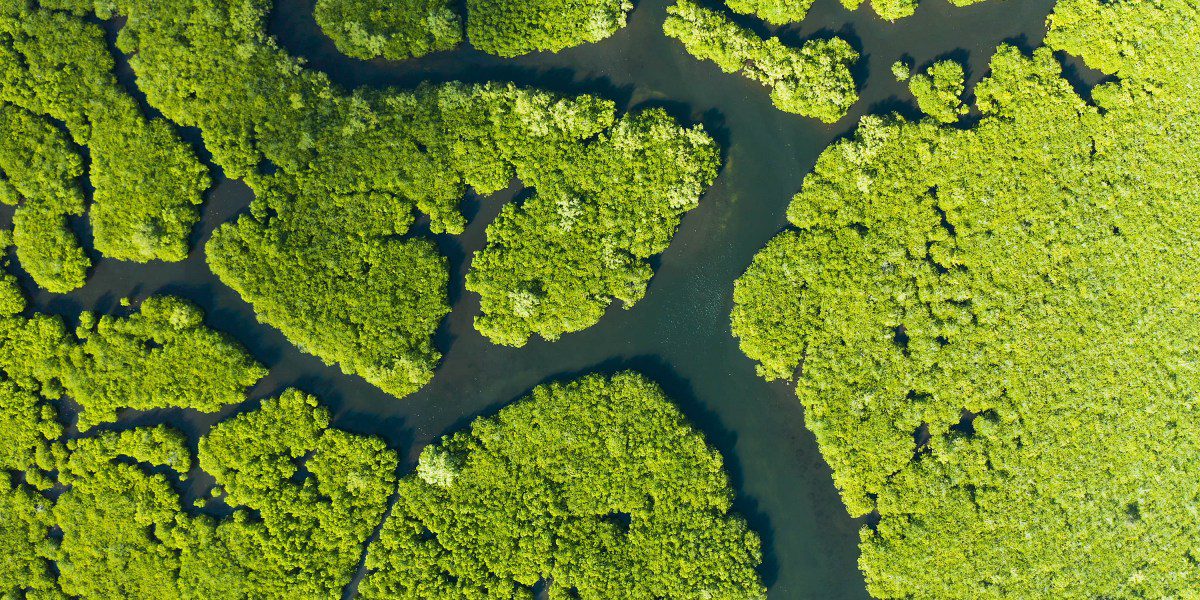Climate Change and Methane Emissions: What’s the Connection?
Let’s face it—climate change is a hot topic, pun intended! One of the most alarming revelations recently is how climate change is cranking up methane emissions across the tropics. Researchers have uncovered an unsettling pattern, and it’s making waves. So, what’s the deal with methane emissions, and why should we care?
The Science of Methane: A Growing Concern
When researchers dove into satellite data and greenhouse-gas readings, they noticed something alarming: methane emissions have shot up in wet, warm tropical regions. Picture this: wetlands growing wetter and warmer create a playground for microbes that thrive in those murky conditions. These little microorganisms just love to chow down on carbon-rich organic matter and, in return, release more methane into the atmosphere.
Isn’t it just wild how ecosystems interact? For example, reduced pollution from nitrogen oxides—those pesky gases that normally help break down methane—has also played a significant role in this uptick. It’s a cascading effect that reminds us of how interconnected our planet’s systems really are.
Natural Feedback Loops: A Worrisome Cycle
Okay, so what does this mean for the future? Here’s the deal: the findings suggest a worrying feedback loop. Climate change isn’t just heating things up; it’s driving additional greenhouse-gas emissions from natural systems. This feedback effect could lead to a vicious cycle of more warming and even more emissions.
Imagine a snowball rolling down a hill; it just keeps getting bigger, right? Well, that’s exactly what could happen. Other contributors, like wildfires and thawing permafrost, also come into play here. Sadly, these sources aren’t even factored into the commitments nations made under the Paris climate agreement. Can you believe that?
Spark Climate Solutions: Taking Action
Now, here’s where things get interesting. Spark Climate Solutions—a nonprofit based in San Francisco—has a plan to address this. They’re launching a model intercomparison project involving various research teams. Each team will run the same experiments across different models and emissions scenarios to get a clearer picture of how these climate feedback effects could impact emissions.
Phil Duffy, the chief scientist at Spark, points out something crucial: “These increased emissions from natural sources add to human emissions and amplify climate change.” If we don’t consider all these factors together, we can’t get a full grasp of how severe the feedback effects could really be. It’s like trying to piece together a jigsaw puzzle without seeing the whole picture!
Aiming for Better Climate Data
To ensure that these concerns are taken seriously, Spark Climate Solutions is working with a slew of scientific partners, including the Environmental Defense Fund and Stanford University. Their goal? To get these findings published in time for the UN climate panel’s upcoming report, which is huge given that the world needs accurate data on its carbon budgets.
After all, understanding how much greenhouse gas we can emit before hitting those critical temperature thresholds—1.5 °C or 2 °C over preindustrial levels—is essential for global action.
So, what’s your take? Do you think these findings will change how countries approach climate change? If you want more insights like this, stick around—we’ve got plenty more where that came from! For more information, check out NASA’s Earth Observatory and keep your eyes on these developments.
